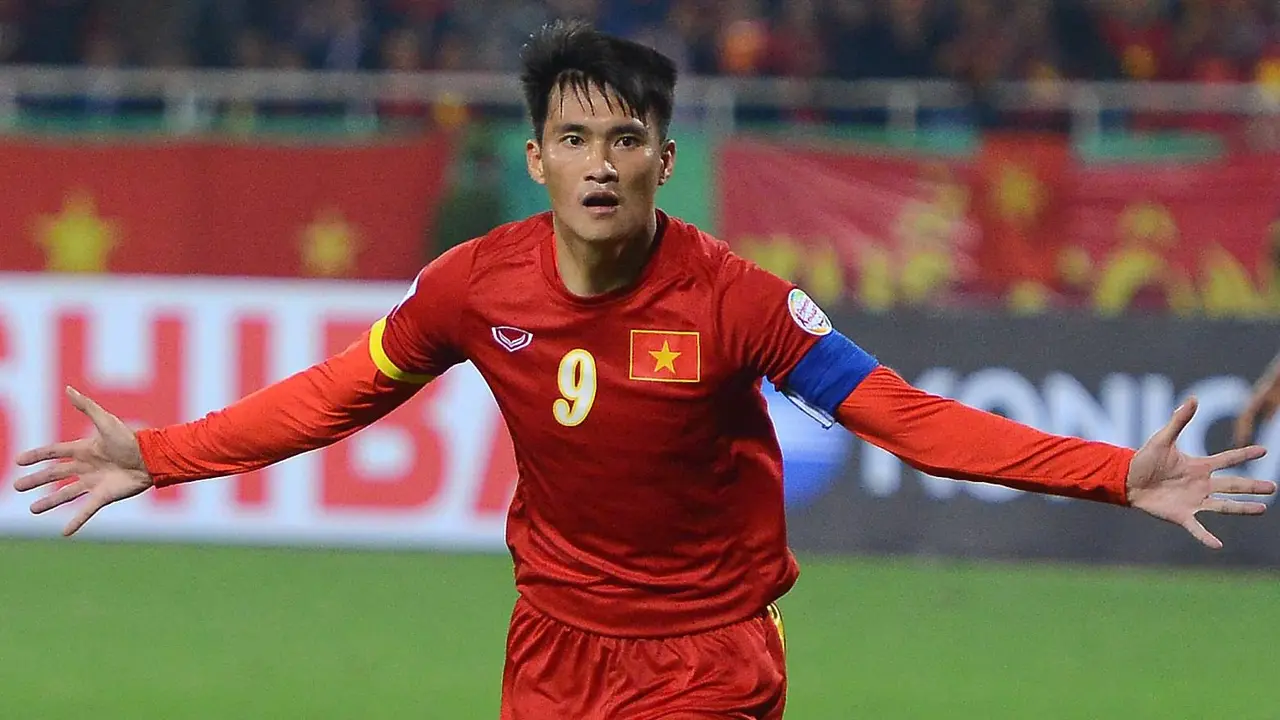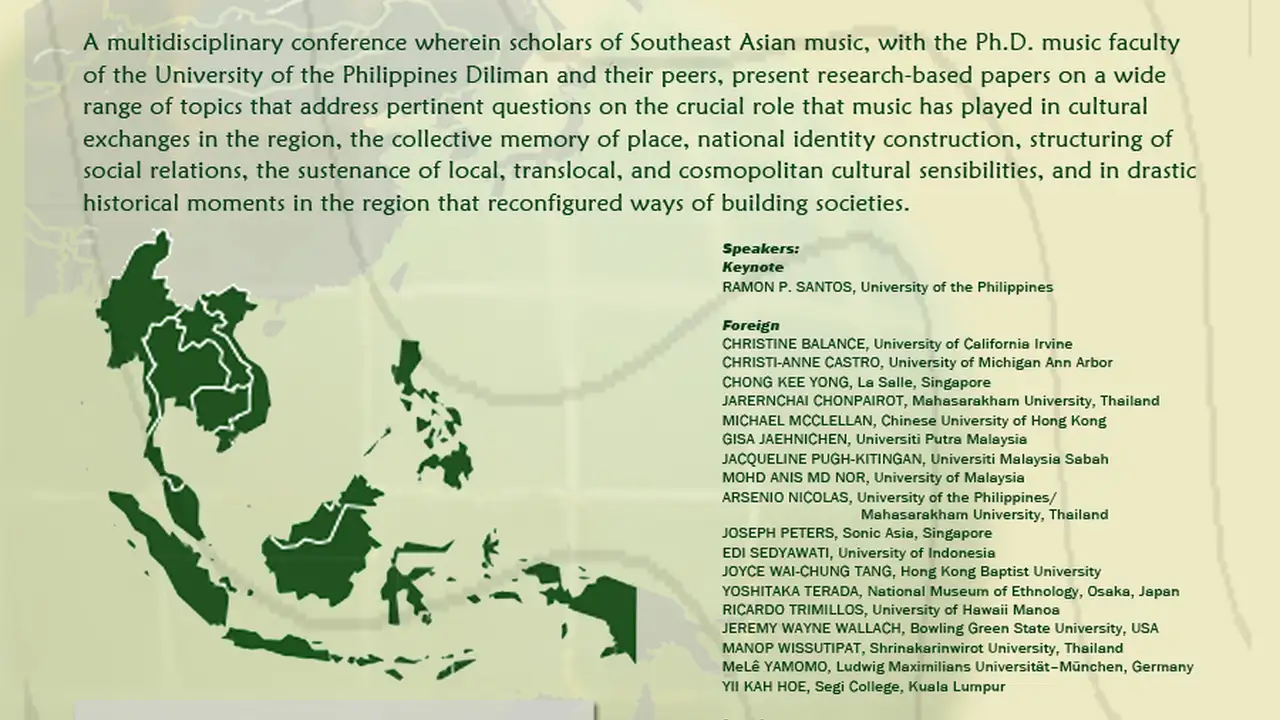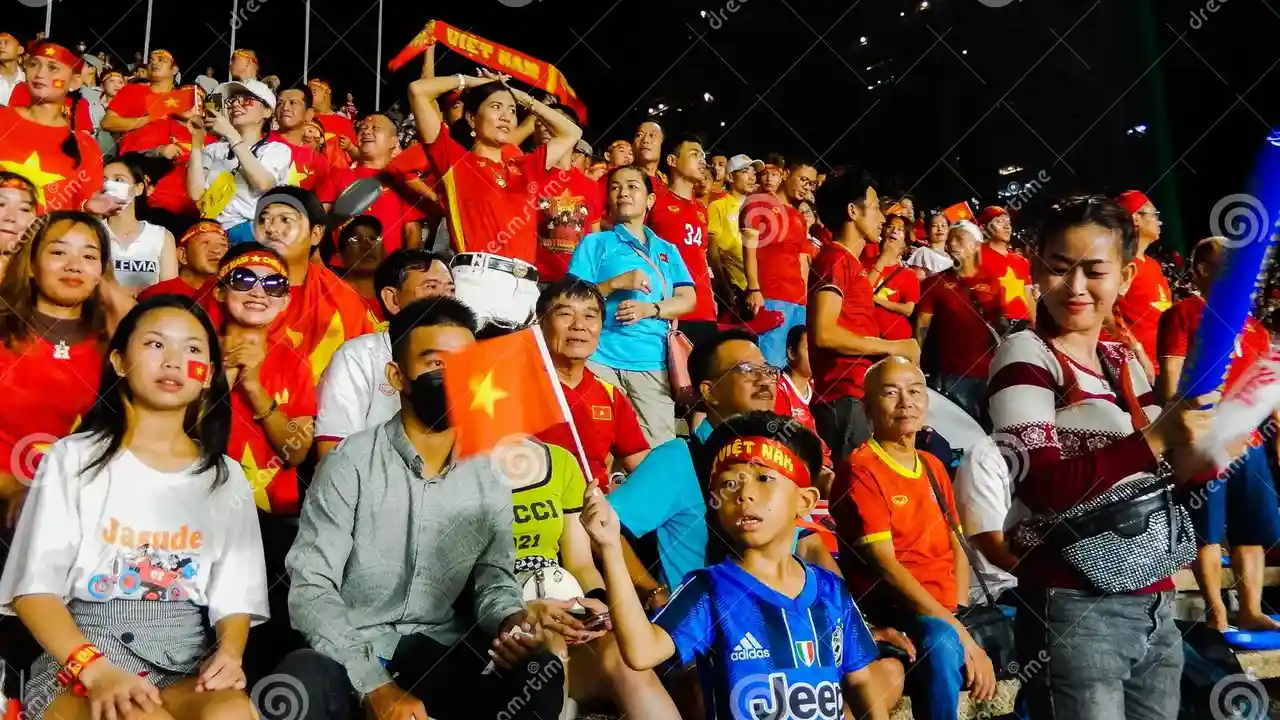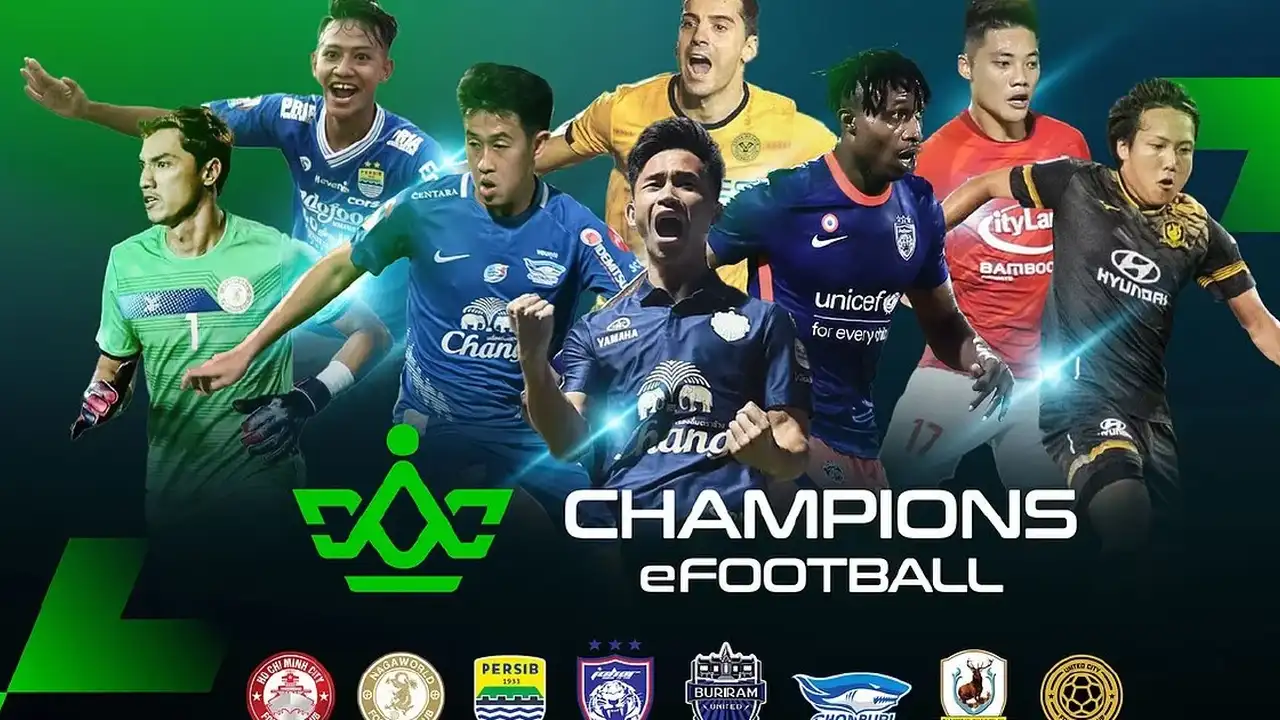Southeast Asian Soccer Players in European Leagues: Success Stories

The Rise of Southeast Asian Soccer Stars in Europe: A New Era
Hey everyone! Let's talk about something super exciting: Southeast Asian soccer players making waves in Europe! For years, seeing players from this region shining in top European leagues felt like a distant dream. But guess what? That dream is now a reality. We're seeing more and more talented players from countries like Thailand, Vietnam, Indonesia, and Malaysia not just joining European clubs, but actually making a significant impact.
Think about it – the dedication, the hours of training, the cultural adjustments… it's a huge commitment. And these players are proving they have what it takes. This isn't just about individual success stories; it's about inspiring a whole generation back home and changing the perception of Southeast Asian football on the global stage. So, let's dive into some of these incredible journeys!
Key Players and Their European Journeys: Case Studies of Southeast Asian Soccer Talent
Okay, let's get specific. Who are some of these trailblazers? Well, there's the obvious example of Chanathip Songkrasin, the Thai attacking midfielder who's been tearing it up in Japan for years. While he hasn't played in Europe *yet*, he's a prime example of the talent emerging from the region and a potential future European star. Then there are players like Neil Etheridge, the Filipino goalkeeper who has played in the English Premier League, inspiring countless young Filipinos. Players like these are breaking down barriers and showing what’s possible.
We need to talk about the challenges these players face. Imagine moving to a new country, learning a new language, adapting to a different style of play, and dealing with homesickness – all while trying to perform at the highest level. It's a lot to handle! These players are incredibly resilient and adaptable, and their mental strength is just as impressive as their physical skills.
Training Regimen and Skill Development: How Southeast Asian Soccer Players Prepare for European Competition
So, how do these players get ready for the intense competition in Europe? It's all about rigorous training and a focus on specific skills. Many of these players start their careers in local academies, where they receive top-notch coaching and develop a strong foundation in the fundamentals of the game. From there, they might move to larger clubs in their home countries or even abroad, where they can further hone their skills and gain experience playing against tougher opponents.
A huge part of their preparation involves strength and conditioning. European football is incredibly physical, and players need to be in peak condition to compete. This means spending hours in the gym, working on their strength, speed, and endurance. They also need to be tactically astute, understanding different formations and strategies. It's a holistic approach that focuses on developing the player as a whole, both on and off the field.
The Role of Agents and Scouts: Identifying and Nurturing Southeast Asian Soccer Potential
Let's give credit where credit is due: agents and scouts play a crucial role in identifying and nurturing Southeast Asian soccer talent. These individuals are constantly on the lookout for promising young players, attending tournaments and matches across the region. When they spot someone with potential, they work closely with the player and their family to help them develop their skills and find opportunities to play at a higher level.
Good agents don't just find players; they also provide guidance and support, helping them navigate the complex world of professional football. They negotiate contracts, arrange trials, and provide advice on everything from training to financial management. They act as mentors and confidantes, helping these young players make smart decisions and stay grounded amidst the pressures of fame and fortune.
Fan Support and Community Impact: The Growing Popularity of Southeast Asian Soccer in Europe
One of the coolest things about this trend is the growing fan support for Southeast Asian soccer players in Europe. You'll see fans from all over the world sporting jerseys with their names on them, cheering them on from the stands, and flooding social media with messages of support. This is a testament to the players' talent and the impact they're having on the game.
Their success also has a huge impact on their communities back home. They become role models for young people, inspiring them to pursue their dreams and showing them that anything is possible with hard work and dedication. They also contribute to the growth of the game in their home countries, investing in grassroots programs and providing opportunities for young players to develop their skills.
Training Gear Recommendations: Enhancing Your Soccer Performance Like a Pro Southeast Asian Player
Alright, let's talk gear! If you're serious about improving your soccer game, having the right equipment is essential. Here are a few recommendations, inspired by what professional Southeast Asian players use:
Adidas Predator Accuracy Soccer Cleats: Precision and Control for Southeast Asian Playmakers
These cleats are a game-changer, especially if you're a midfielder or attacker who needs pinpoint accuracy. The Predator Accuracy line is known for its innovative technology that enhances ball control and shot precision. The HybridTouch upper provides a soft, molded fit for enhanced comfort, while the High Definition Texture on the strike zone ensures optimal grip for accurate passing and shooting. These are perfect for players looking to elevate their touch and precision on the field.
Usage Scenario: Ideal for training sessions, competitive matches, and any situation where precise ball control and accurate shots are crucial. Whether you're making a game-winning pass or taking a shot from outside the box, these cleats will give you the edge you need.
Comparison: Compared to the Nike Mercurial series, the Adidas Predator Accuracy focuses more on control and precision, while the Mercurial emphasizes speed and agility. The Puma Future series offers a similar level of adaptability but may not provide the same level of grip and accuracy as the Predator Accuracy.
Price: Expect to pay around $150-$250 for a pair of Adidas Predator Accuracy cleats, depending on the model and retailer.
Nike Dri-FIT Training Apparel: Stay Cool and Comfortable During Intense Training Sessions
Staying cool and dry during intense training sessions is crucial for maintaining peak performance. Nike Dri-FIT training apparel is designed to wick away sweat and keep you comfortable, even when you're pushing your limits. The lightweight, breathable fabric allows for maximum airflow, while the ergonomic design ensures a full range of motion. This apparel is a must-have for any serious soccer player.
Usage Scenario: Perfect for all types of training, from gym workouts to field drills. Whether you're running sprints, lifting weights, or practicing your passing, Nike Dri-FIT apparel will keep you feeling fresh and focused.
Comparison: Compared to Adidas ClimaCool and Under Armour HeatGear, Nike Dri-FIT offers a slightly better balance of breathability and moisture-wicking. While all three brands are excellent, Nike Dri-FIT tends to be a bit lighter and more comfortable in hot weather.
Price: Expect to pay around $30-$50 for a Nike Dri-FIT training t-shirt and $40-$70 for a pair of training shorts.
Garmin Forerunner 945 GPS Watch: Track Your Performance and Optimize Your Training
If you're serious about tracking your performance and optimizing your training, the Garmin Forerunner 945 GPS watch is an invaluable tool. This watch provides detailed data on your heart rate, distance, pace, and more, allowing you to monitor your progress and identify areas for improvement. It also includes advanced features like training load analysis and recovery time recommendations, helping you avoid overtraining and maximize your results.
Usage Scenario: Ideal for tracking your runs, workouts, and even your sleep. Whether you're training for a marathon or just trying to improve your overall fitness, the Garmin Forerunner 945 will provide you with the data you need to succeed.
Comparison: Compared to the Apple Watch Series 7 and the Fitbit Sense, the Garmin Forerunner 945 is more focused on athletic performance. While the Apple Watch offers a wider range of features, the Garmin provides more detailed and accurate data for runners and other athletes. The Fitbit Sense is a great option for general health tracking, but it doesn't offer the same level of performance analysis as the Garmin.
Price: Expect to pay around $500-$600 for a Garmin Forerunner 945 GPS watch.
Foam Roller: Muscle Recovery and Injury Prevention for Southeast Asian Soccer Athletes
Recovery is just as important as training, and a foam roller is an essential tool for muscle recovery and injury prevention. Foam rolling helps to release muscle tension, improve flexibility, and reduce the risk of injuries. It's a simple but effective way to keep your body feeling its best.
Usage Scenario: Use a foam roller after training sessions or matches to help your muscles recover. Focus on areas like your quads, hamstrings, calves, and back.
Comparison: Compared to massage therapy, foam rolling is a more affordable and convenient option. While massage therapy can provide deeper tissue release, foam rolling can be done at home and as often as needed. Compared to stretching, foam rolling is more effective at releasing muscle tension.
Price: Expect to pay around $20-$40 for a good quality foam roller.
The Future of Southeast Asian Soccer in Europe: What's Next?
So, what does the future hold for Southeast Asian soccer in Europe? Well, I think we're just scratching the surface. As more and more players from the region gain exposure and experience, we're going to see even more talented individuals making the move to Europe. This will not only benefit the players themselves but also help to raise the profile of Southeast Asian football on the world stage. Exciting times ahead!
:max_bytes(150000):strip_icc()/277019-baked-pork-chops-with-cream-of-mushroom-soup-DDMFS-beauty-4x3-BG-7505-5762b731cf30447d9cbbbbbf387beafa.jpg)






